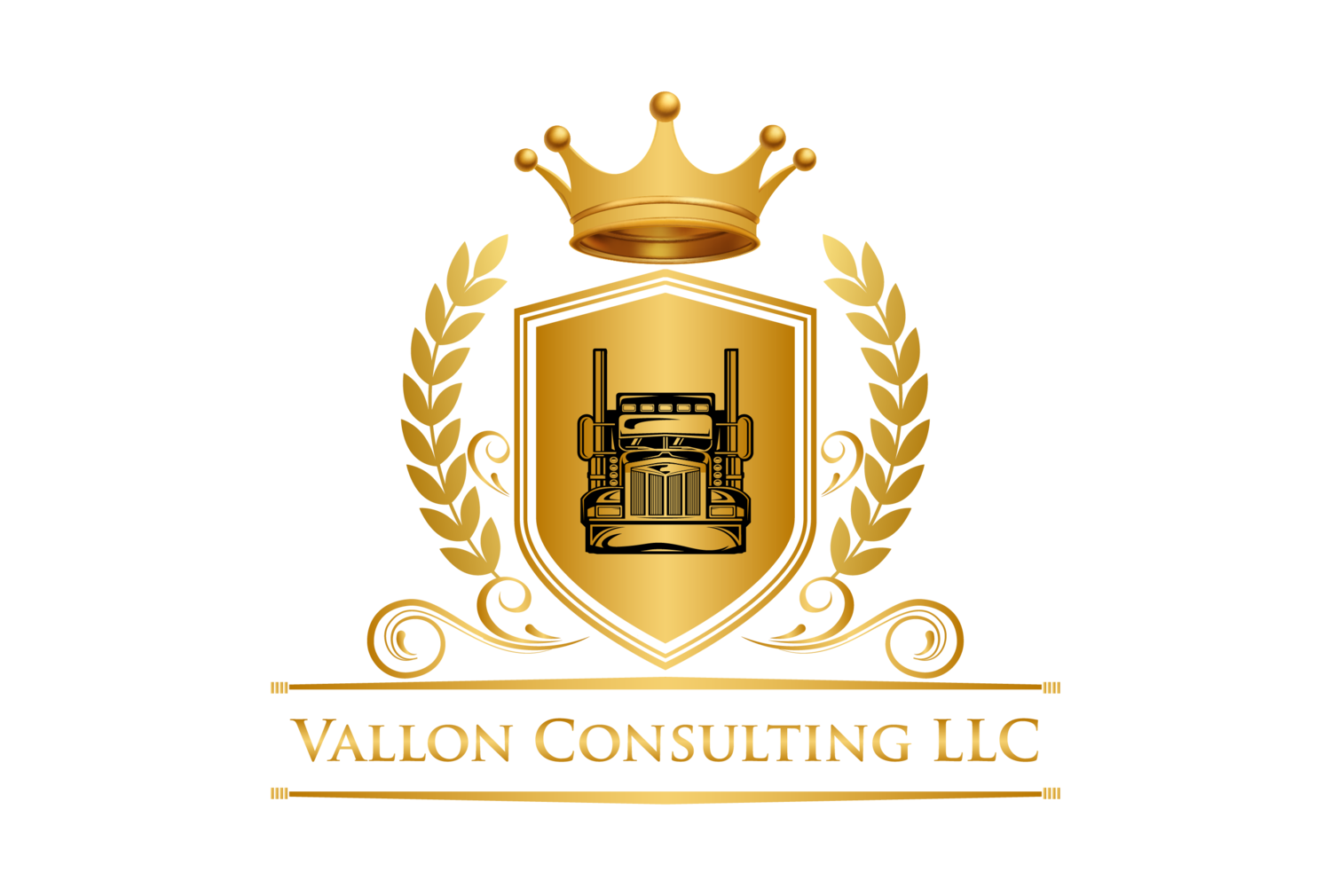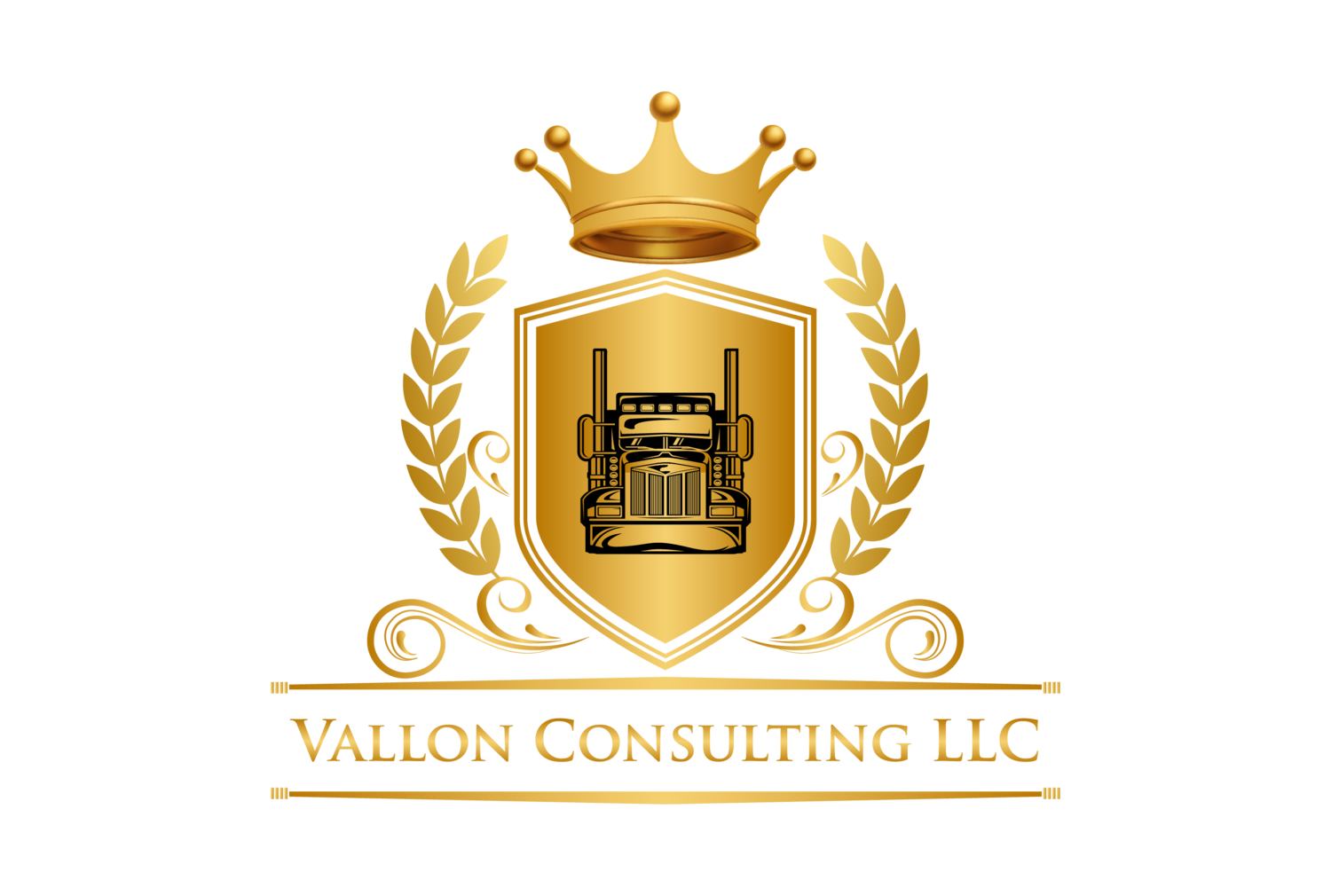Preparing for a New Entrant Audit
A New Entrant Safety Audit is a type of assessment that helps new entrants to the industry to establish their safety procedures and identify any gaps in their plans. Read about how to prepare for one, and learn how a New Entrant Audit can help create a safer work environment for yourself and your employees.
What is a New Entrant Audit?
A New Entrant Audit is a comprehensive review of a new company’s safety procedures and policies. The audit is conducted by a team of safety experts who evaluate the company’s compliance with safety standards and regulations. The audit includes reviewing the company’s safety plan, training programs, and equipment. The audit team also interviews employees and observes work practices.
In a New Entrant Safety Audit, three significant areas of documentation are reviewed: driver, vehicle, and carrier program.
Remember that you must keep records of yourself, just as you would for any driver you hire for your company. For example, pulling the MVR on yourself and keeping a record of it on file is what this entails. A Driver's Qualification File (DQF) should be saved for each driver.
Driver records
List. All drivers. The list includes the name (first and last), date of birth, hire date, license number, and license state. License. Commercial Driver Licenses (CDLs) for all drivers.
Record of Duty. Duty status records. This information should be available via your electronic logging device (ELD) records.
Motor Vehicle Record (MVR). Each driver’s MVR must be requested at least once a year and kept on file for three years.
Medical Certificate. The form(s) from the medical examiner for each driver certifying their fitness to drive. The medical examinations must occur at least every two years (and more often if a physician specifies a driver).
Vehicle records
List. All vehicles: Unit number, VIN, License Plate State. License Number, Make, Model, and Year.
Inspection. An annual inspection – and the inspection should include vehicles and trailers (if applicable).
Hazardous Material (HM) papers. For carriers that transport HM, the appropriate paperwork must be available. If a page does not transport HM, then no paperwork is required.
Carrier Program records
Proof of Insurance (MCS90). Whatever insurance a carrier is required to have must be in place.
Drug & Alcohol Program. Before employment, a drug test should be done – and in the file. Plus, after any accidents. And all drivers need to be part of a random drug test program.
Accident Register. Hopefully, this will be a blank file because nothing is needed here. But things happen. Details on any reportable accidents must be in the file (for three years).
Getting Prepared for a New Entrant Audit
To pass the New Entrant Safety Audit, you need to be ready. We don't think you should wait until you get an audit notice before taking steps to pass it. The audit should show that you already have the proper procedures and paperwork. So, to get ready for an audit, you should focus on your systems and paperwork, not the audit itself.
The paperwork may be in electronic format, as that's how things often work in this day and age. That is acceptable, making the message much simpler to convey to the auditor. The documentation needs to be accessible and arranged correctly to succeed.
Even though the FMCSA is the one who directs the audit, most of the time, the auditor will be someone from your state who works for the state DOT. The audit criteria are uniform regardless of whether the auditor is from the state or the federal government. However, remote auditing is becoming increasingly common and will likely become the norm shortly. You may not need to meet with the auditor in person and will only be required to provide documentation and answer any questions they may have.
It is critical to maintain open communication with the auditor. Inform the auditor immediately if there are any problems with the timeliness of presenting documents or meeting in person if the session is required. Most auditors are willing to cooperate with you as long as you cooperate with them. They are aware of the fact that you travel for a living.
What could make my New Entrant Audit fail?
You can fail the audit in several ways. The two main methods are not completing the necessary paperwork and not following the rules.
Here are four (4) more easy ways to make sure you don’t pass:
Alcohol or Drug Violations. Not being part of a drug testing program or using drivers out of compliance.
Driver Violations. Using a driver that does not have a valid CDL or is not medically qualified.
Operator Violations. Operating with insufficient insurance or without hours-of-service records.
Repairs and Inspection Violations. Driving a vehicle declared out-of-service (OOS) before repairs or using a car that has not passed (or completed) its annual inspection.
What happens if I fail a New Entry Audit?
If the reason for the failure is deemed egregious, you could lose your license to operate immediately. Pursuing a different line of work may be better unless the inspector makes a mistake.
However, there is often a way back for a carrier that does not pass the inspection on the first try. The airline is often given the option to submit a corrective action plan (CAP) to fix the faults discovered in the audit before removing the operating authority. There is a deadline for submitting the CAP (often 15 days), over which the permission will be canceled. However, if the CAP is submitted and approved, the carrier can keep operating without fear of losing its license. (The auditor will almost certainly verify if the CAP is used.)
What happens if I Pass the New Entry Audit?
After you have demonstrated that you have met all of the New Entrant Safety Audit requirements, you will be placed on "probation" until you have had your authority for 18 months. After then, provided there are no further complications, you will be given your "permanent" permission.
A new entrant audit can be daunting, but it doesn’t have to be. By following the tips in this article, you can be well on your own way to preparing for your audit and ensuring that everything goes smoothly. Remember to start early, get organized, and stay calm throughout the process. With some preparation and effort, you’ll be able to get through your audit with flying colors.
About Vallon Consulting LLC: Vallon Consulting is A Full-Service Trucking Consulting Company that tackles some of the most critical challenges and obstacles in the trucking industry. Our diverse global team is passionate about helping carriers and fleet managers meet their goals and ensure business stability. We do this by providing services, solutions, resources, and education.
At Vallon Consulting, We Take A “No Carrier Left Behind” Approach. Our Mission is to provide services and resources that address our client’s unique needs. You can learn more about us online at www.vallonconsulting.com and stay tuned with industry updates by following us on Instagram, LinkedIn, Facebook, and Twitter.

